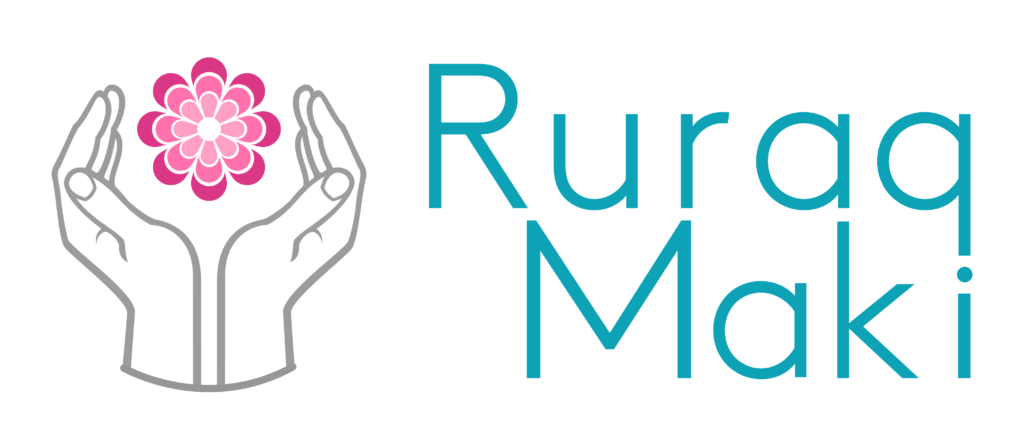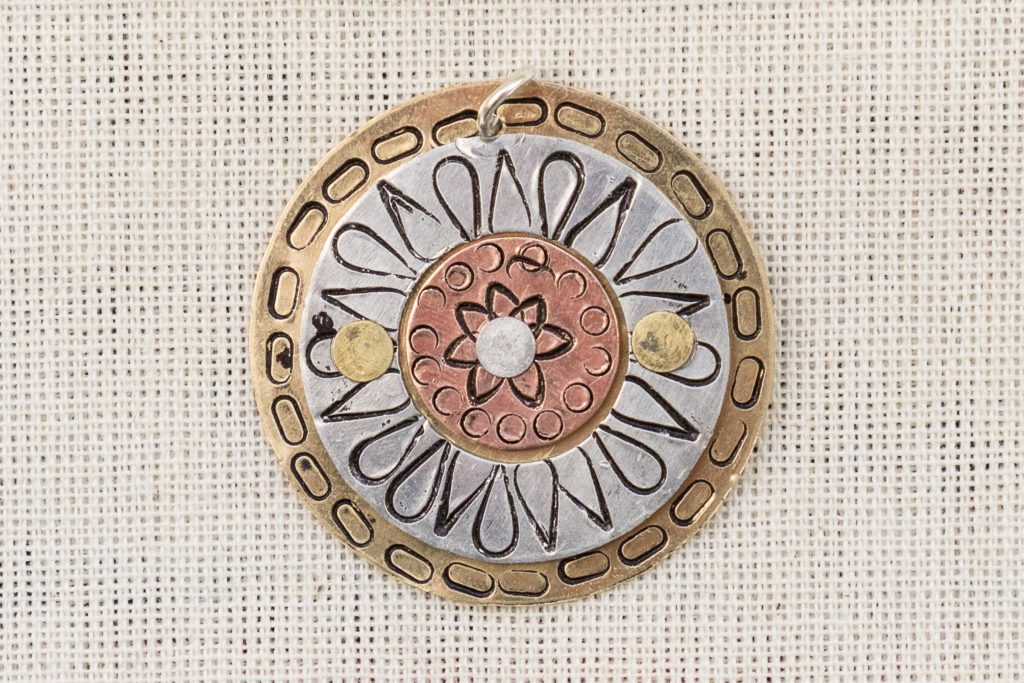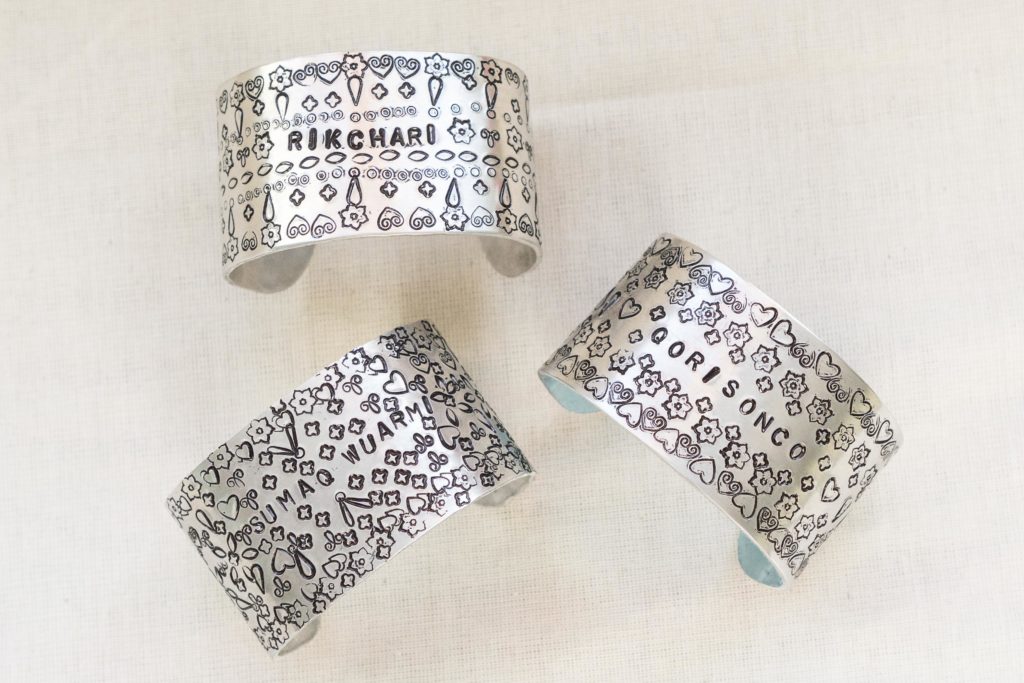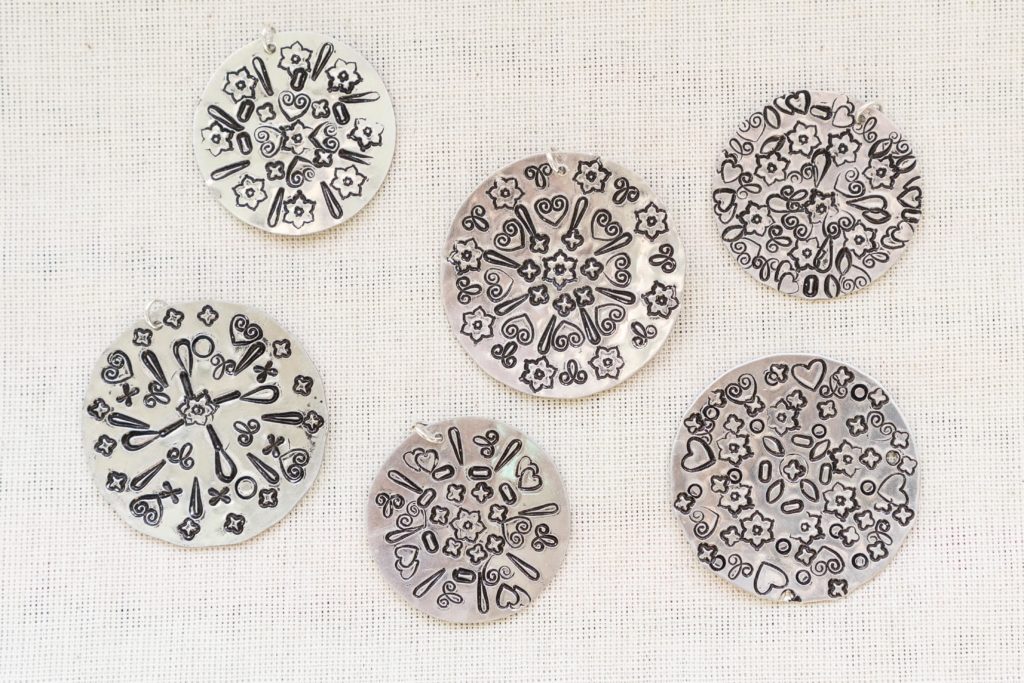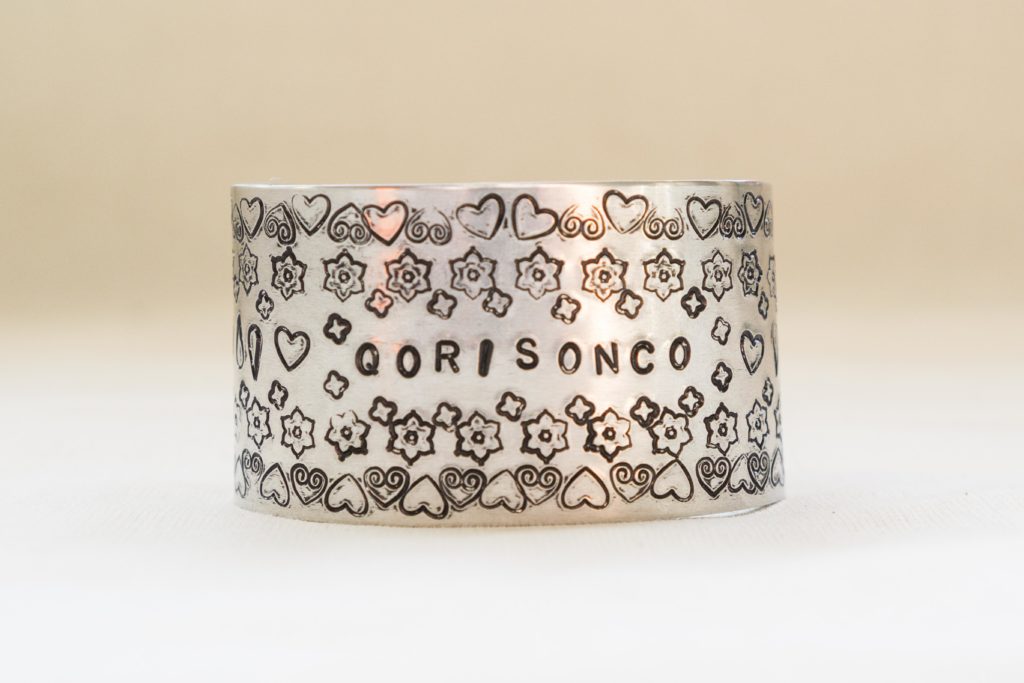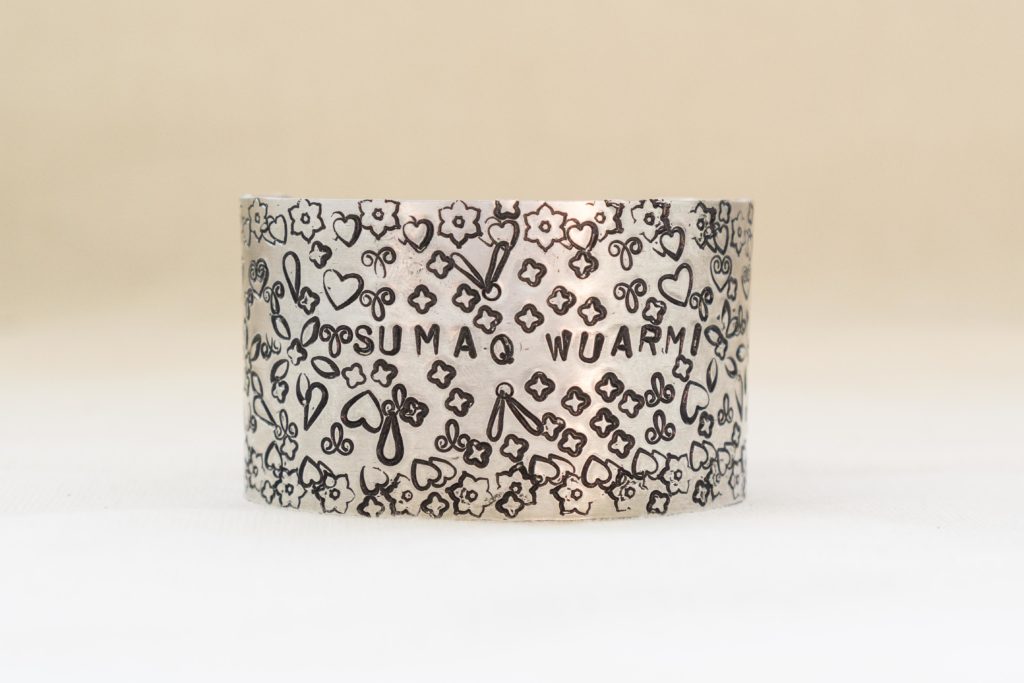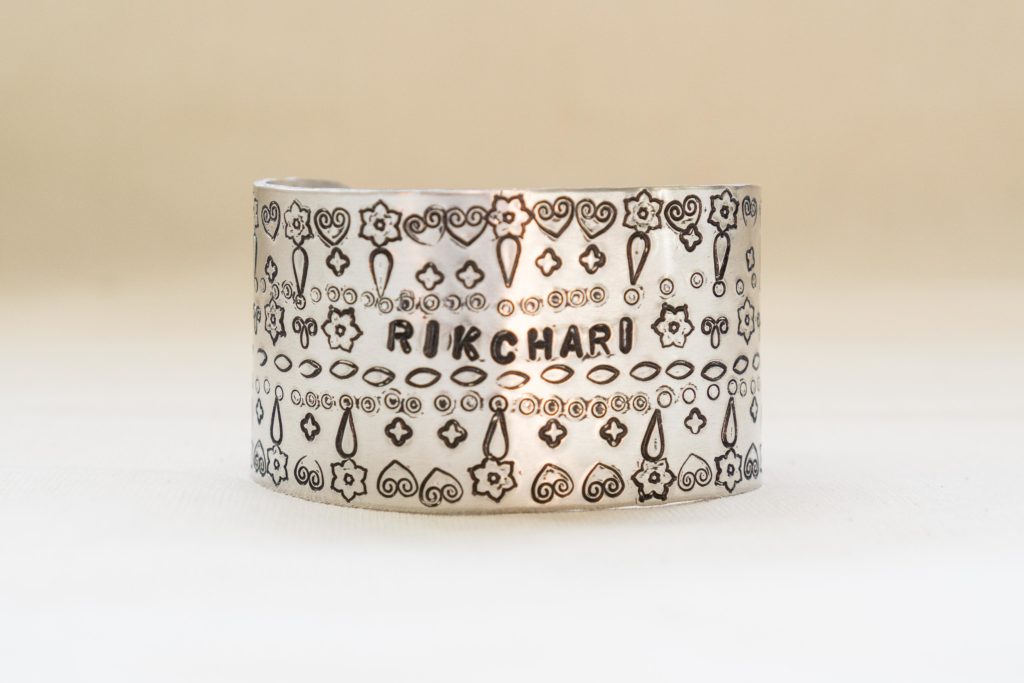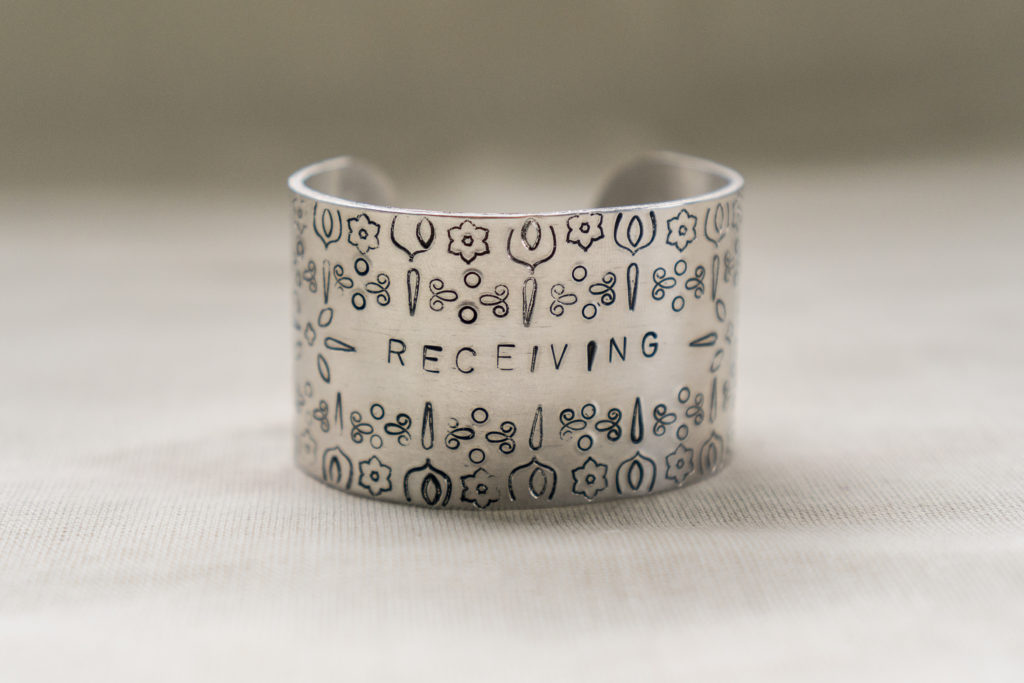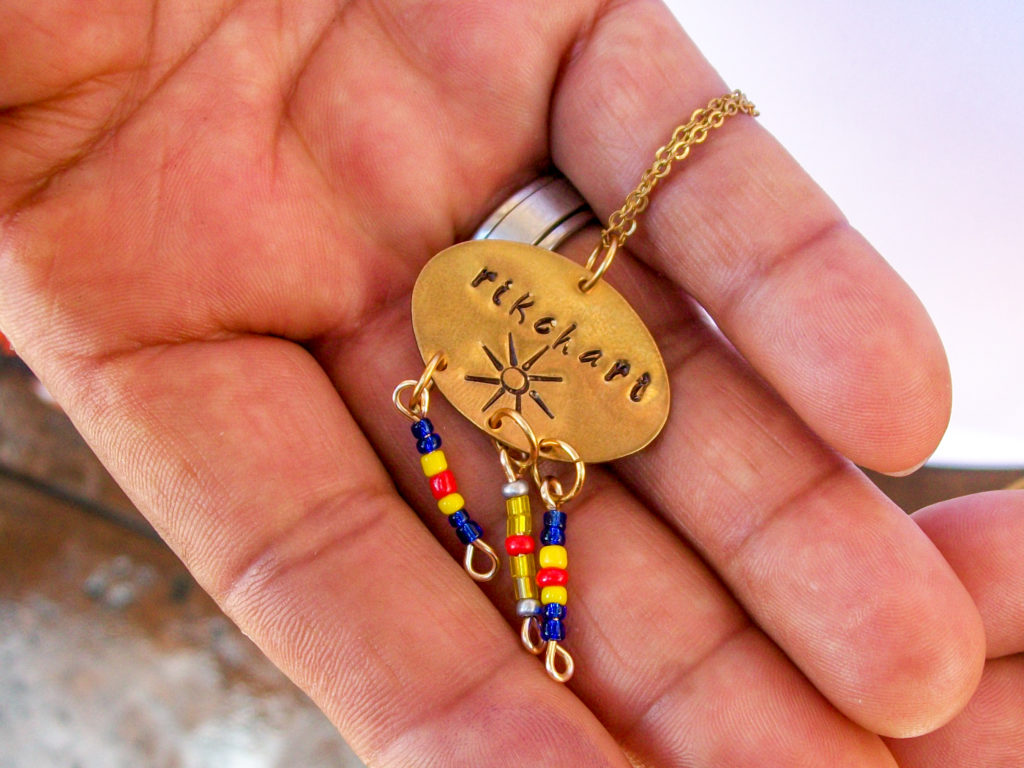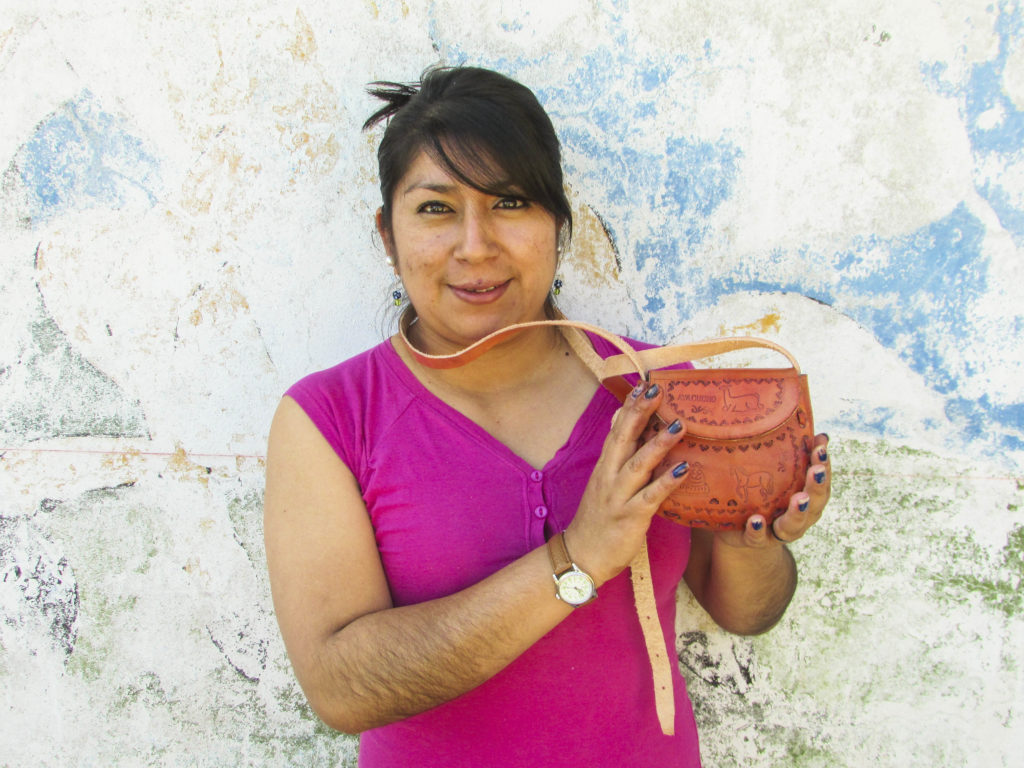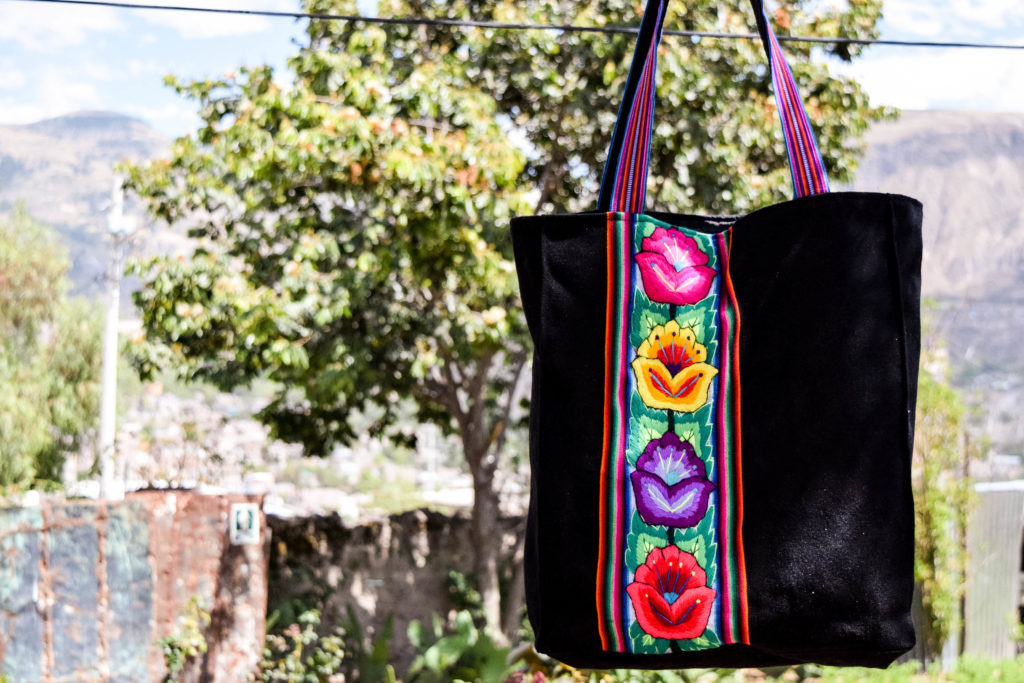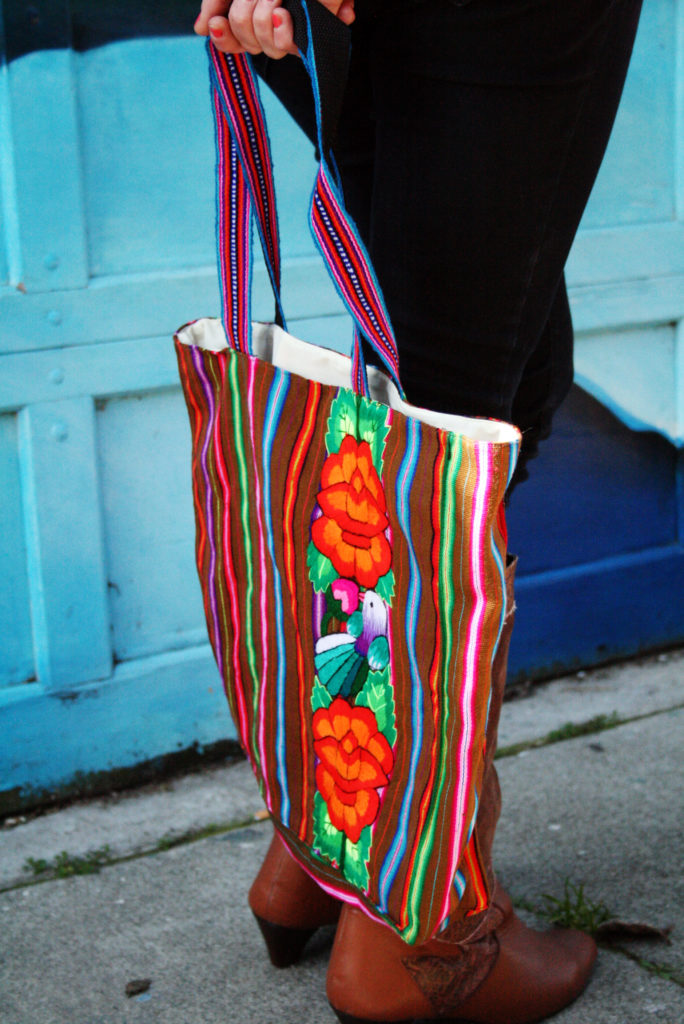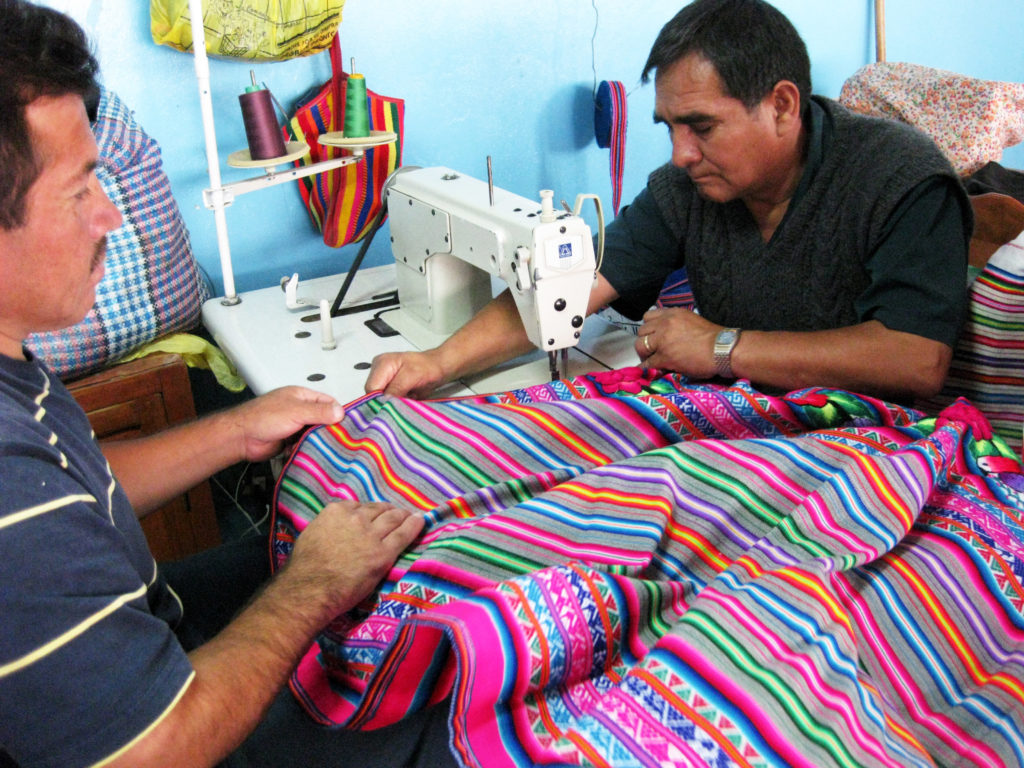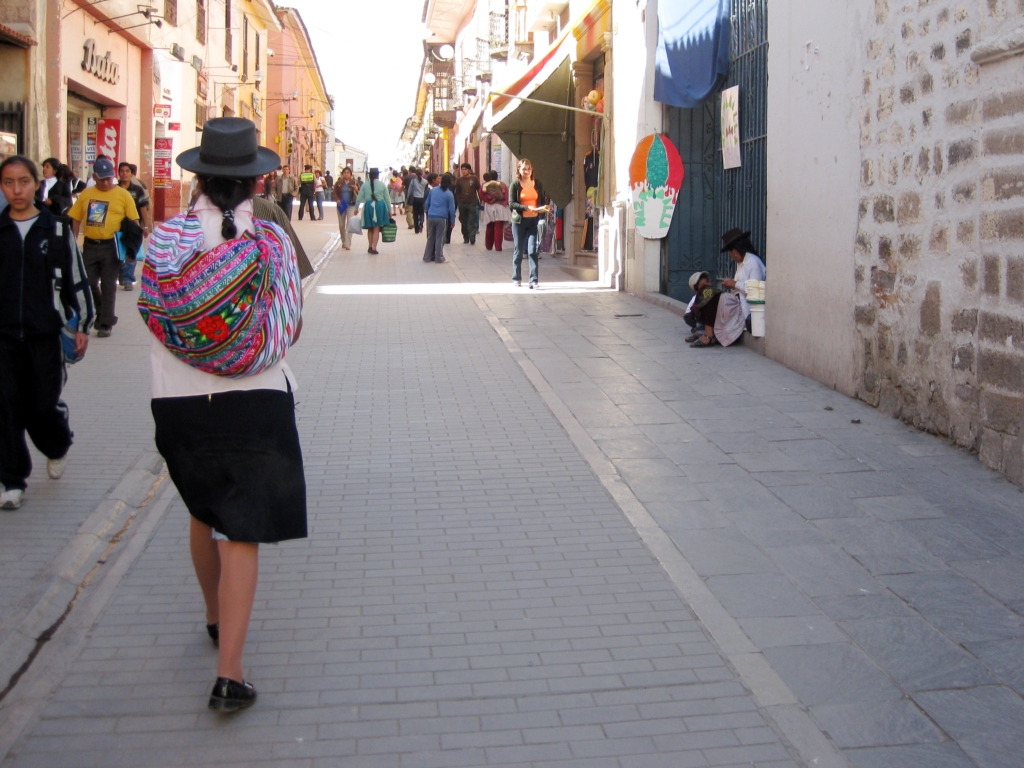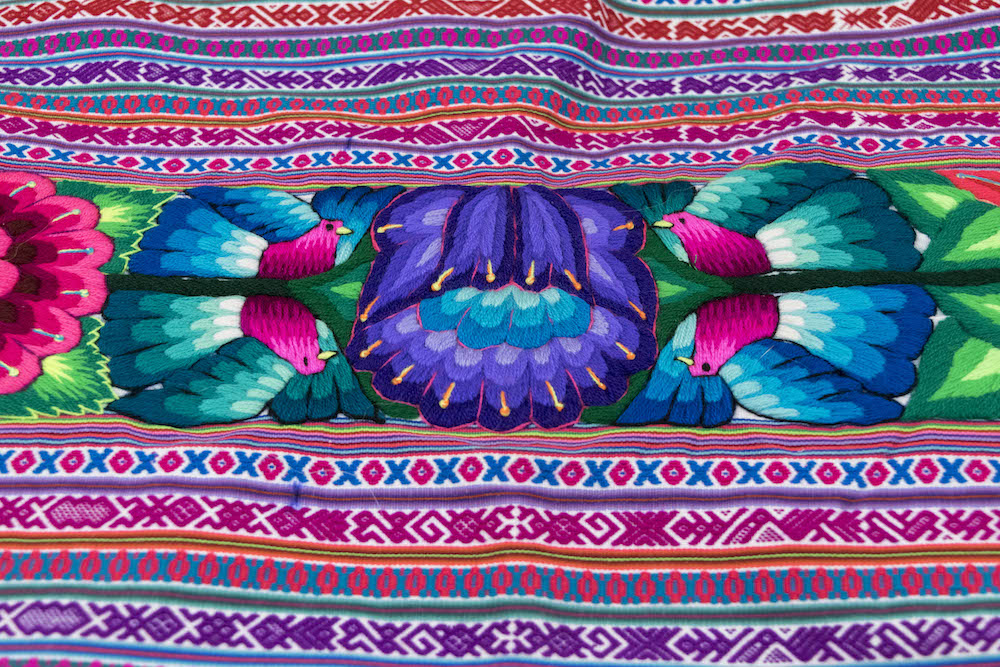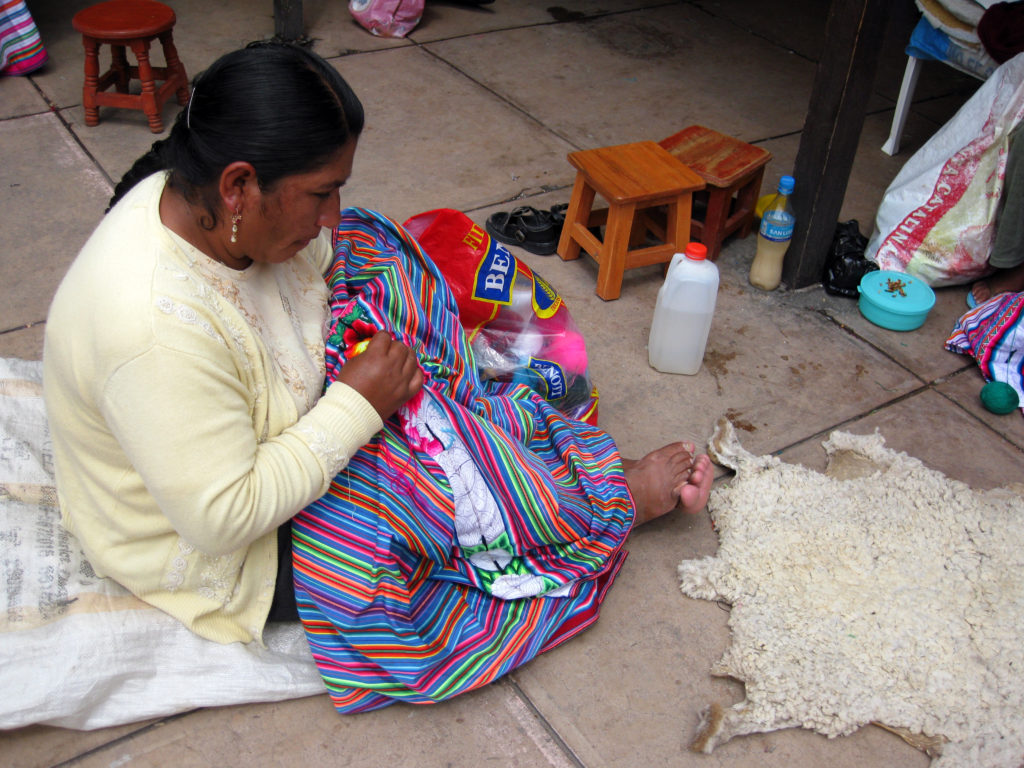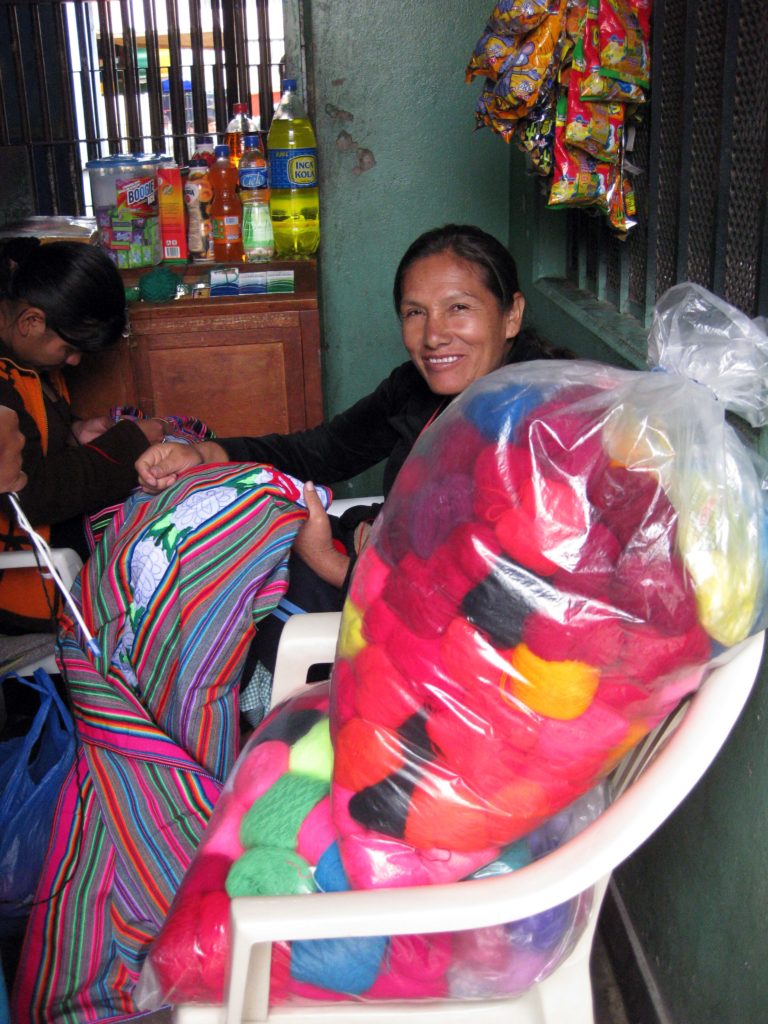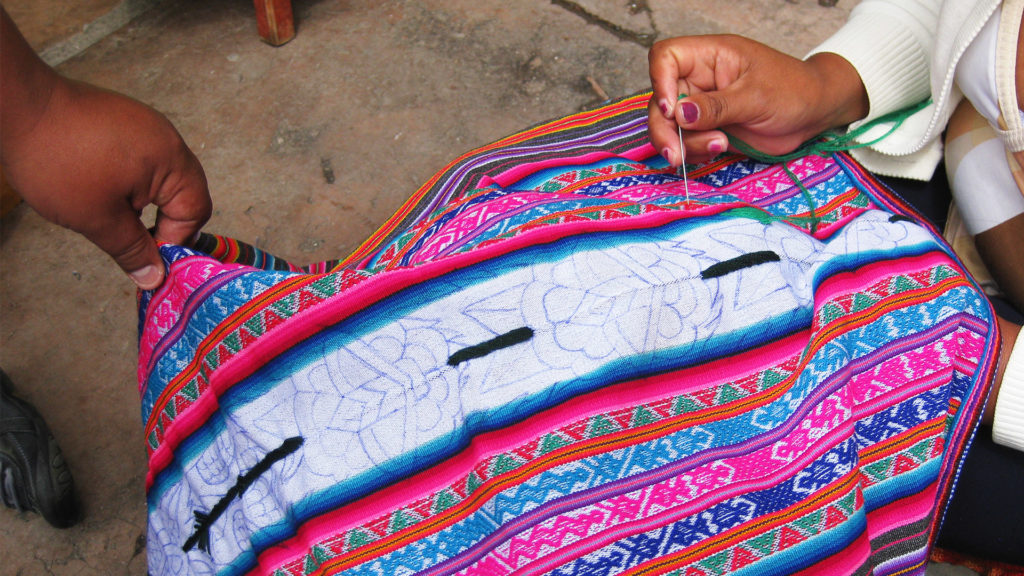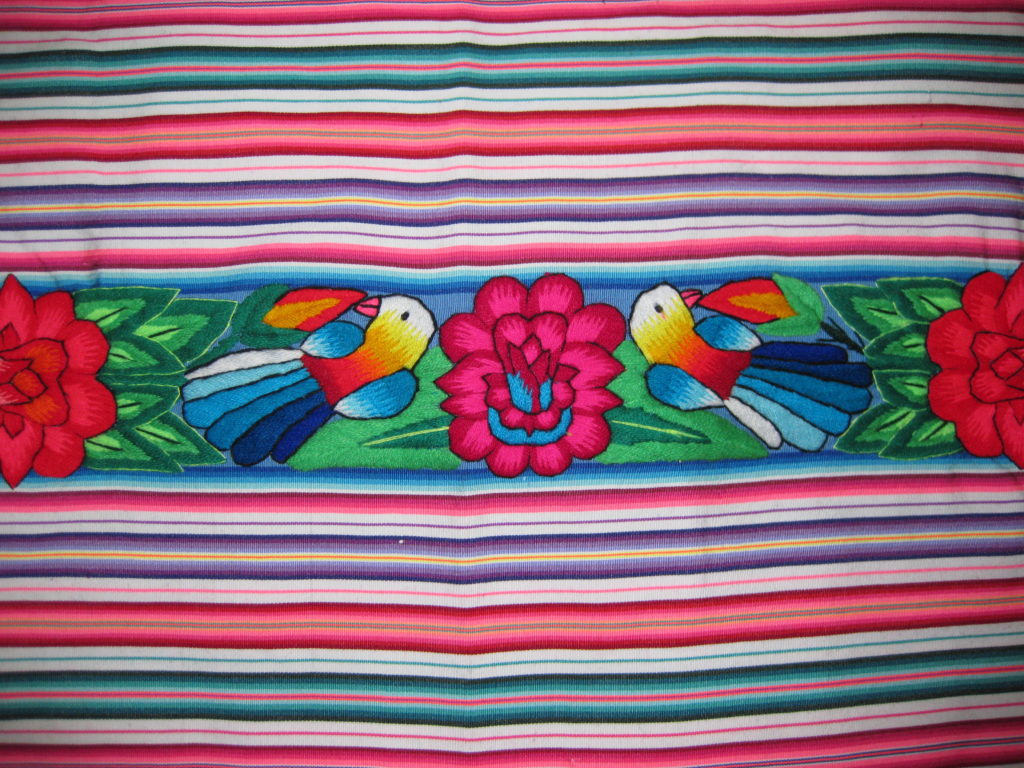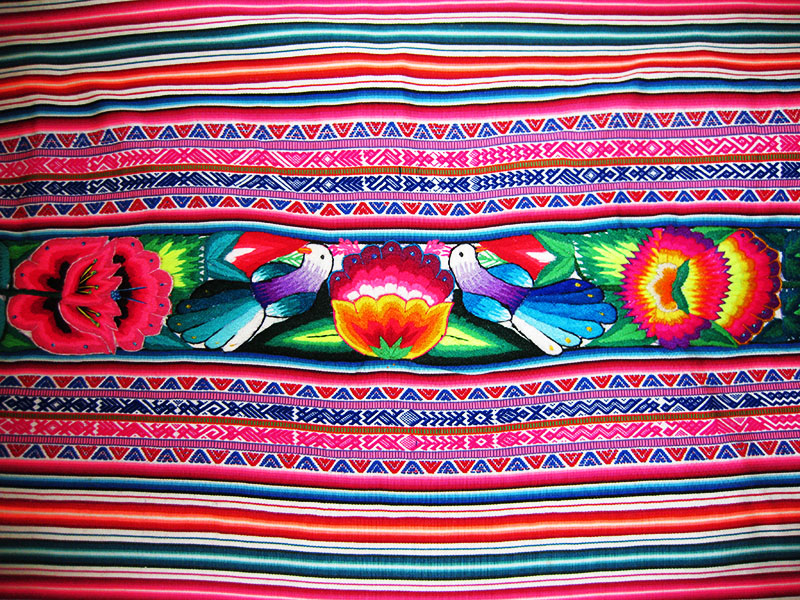Today started off with a whole lot of bad luck. First, on my way to the prison, I found out there’s a transportation strike tomorrow which means I can’t go to the prison since it’ll be too difficult to get back. Then, when I went to get the leather class permission for Thursday, I found out Dr. Castro is out for half the week!
After waiting 30 minutes to get this information I talked to his assistant who was able to help me. In March my 2017 education plan was approved which meant I already had authorization to run the leather working class. All I needed was the actual paper authorization for the materials and the leather worker. Since Dr. Castro’s assistant has known me for many years, he spoke to the new director, wrote up my papers, and got the appropriate signatures for me.
He was a lifesaver!
After an hour of dealing with all that nonsense I was finally able to go to the women’s cell block where I found my student waiting eagerly for me.
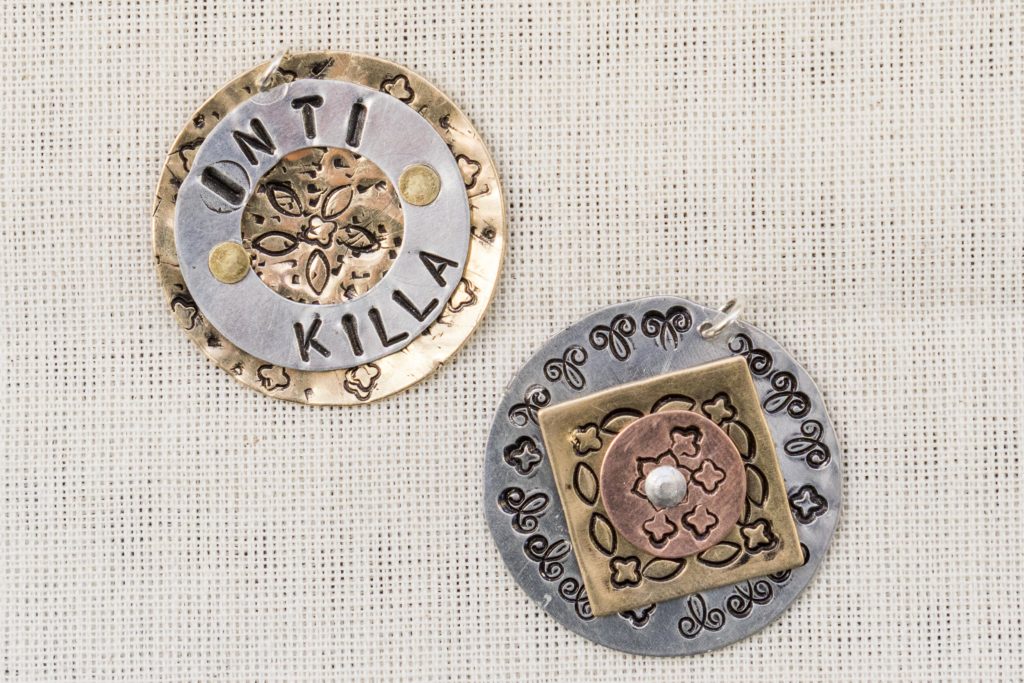
Today’s project was an introduction to riveting. For this project we layered multiple stamped pieces and connected them via rivets. This project unleashed so much creativity in the women! Not only did I bring stamping blanks in different shapes and sizes, I also brought three different metals so they could really play with design in shape, color, and form.
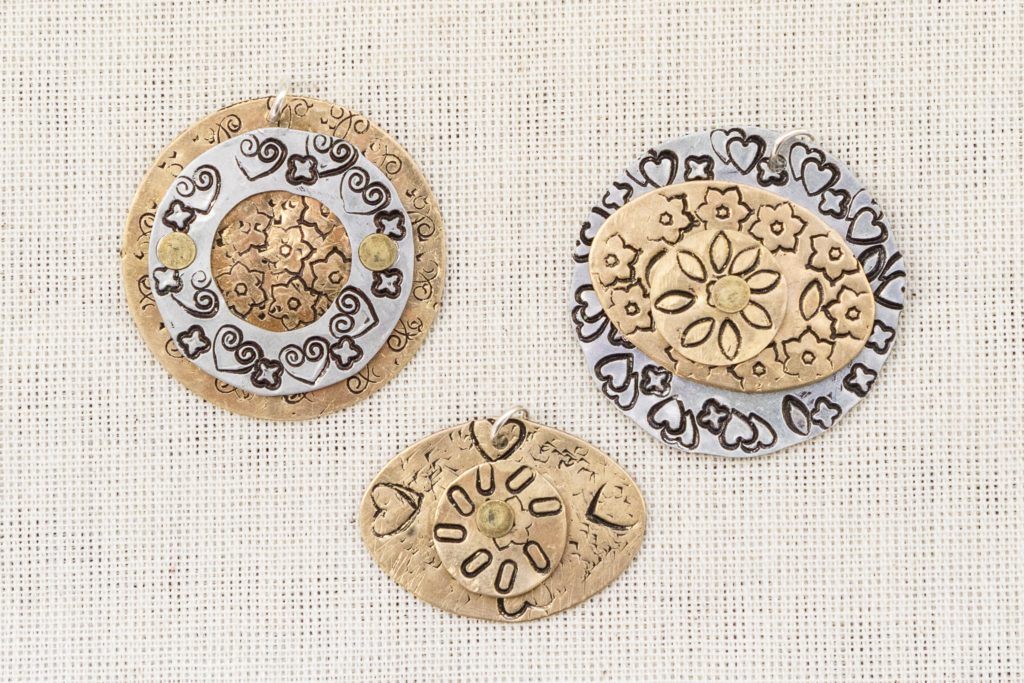
The result? The women were fascinated with riveting! They loved playing with how the metal blanks could be stacked and what types of designs can be made using 3 shapes. I’ve never seen them so engaged in a project before!
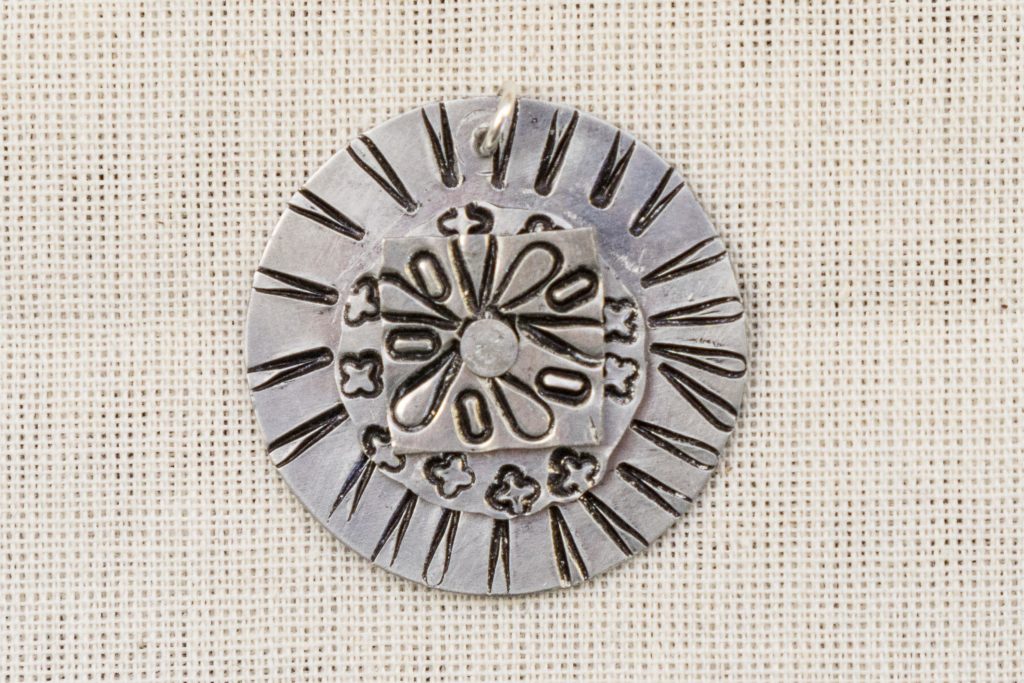
As I was leaving the prison I ran into Jessica, who works for another NGO that supports the women in the prison. We use their workshop to store our work table and to hold our workshops. She shared some very exciting news with me!
The national Peruvian penitentiary system is so impressed by the work programs in the Ayacucho prison that they want to create a similar programs in the rest of the prisons. Even more exciting is that they want to create a system that makes it easier for businesses and buyers to buy products from the prisoners.
Apparently the Yanamilla prison is the only prison that has workshops that operate at the level they do and INPE (the prison system) wants to recreate the success of the Yanamilla Prison all over the country.
Sadly, I’m not able to attend the planning committee meeting that is happening on the 18th because I’ll be leaving, but Jessica hopes to make a video of the women in the Yanamilla Prison, and me, sharing our successes. The idea is that I will talk about how there is a foreign market for the products and that these items can be successfully sold in the U.S.
She will present this video to the group at the meeting to show them why creating a nationwide program is important for the women. After 9 years of doing this work, it’s incredible to think that our work along with others who have worked tirelessly in the prison system, may impact the way the Peruvian prison system creates opportunities for women.
This could be a major step for the prison system here and could lead to BIG opportunities for the women now and in the future.
